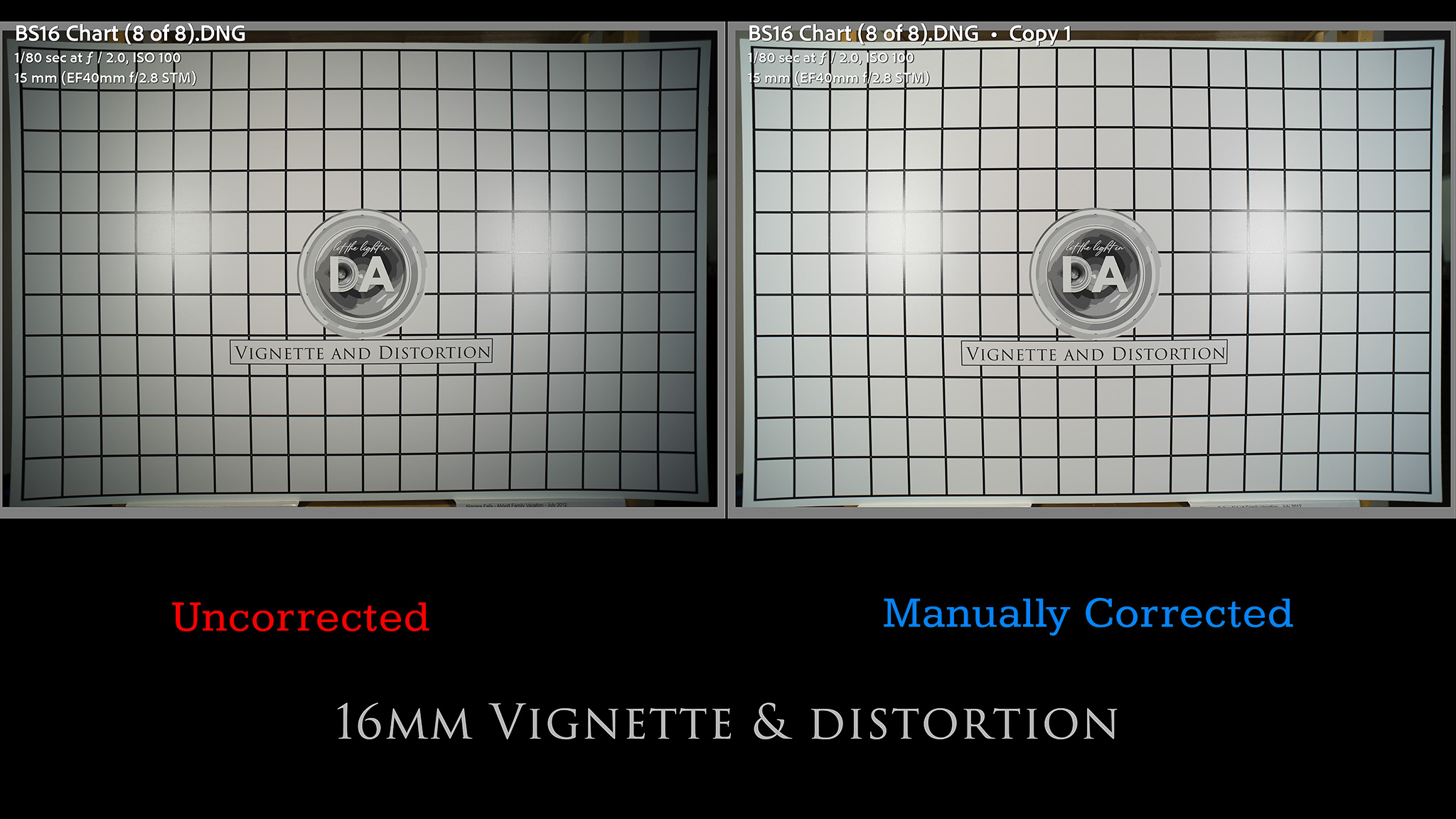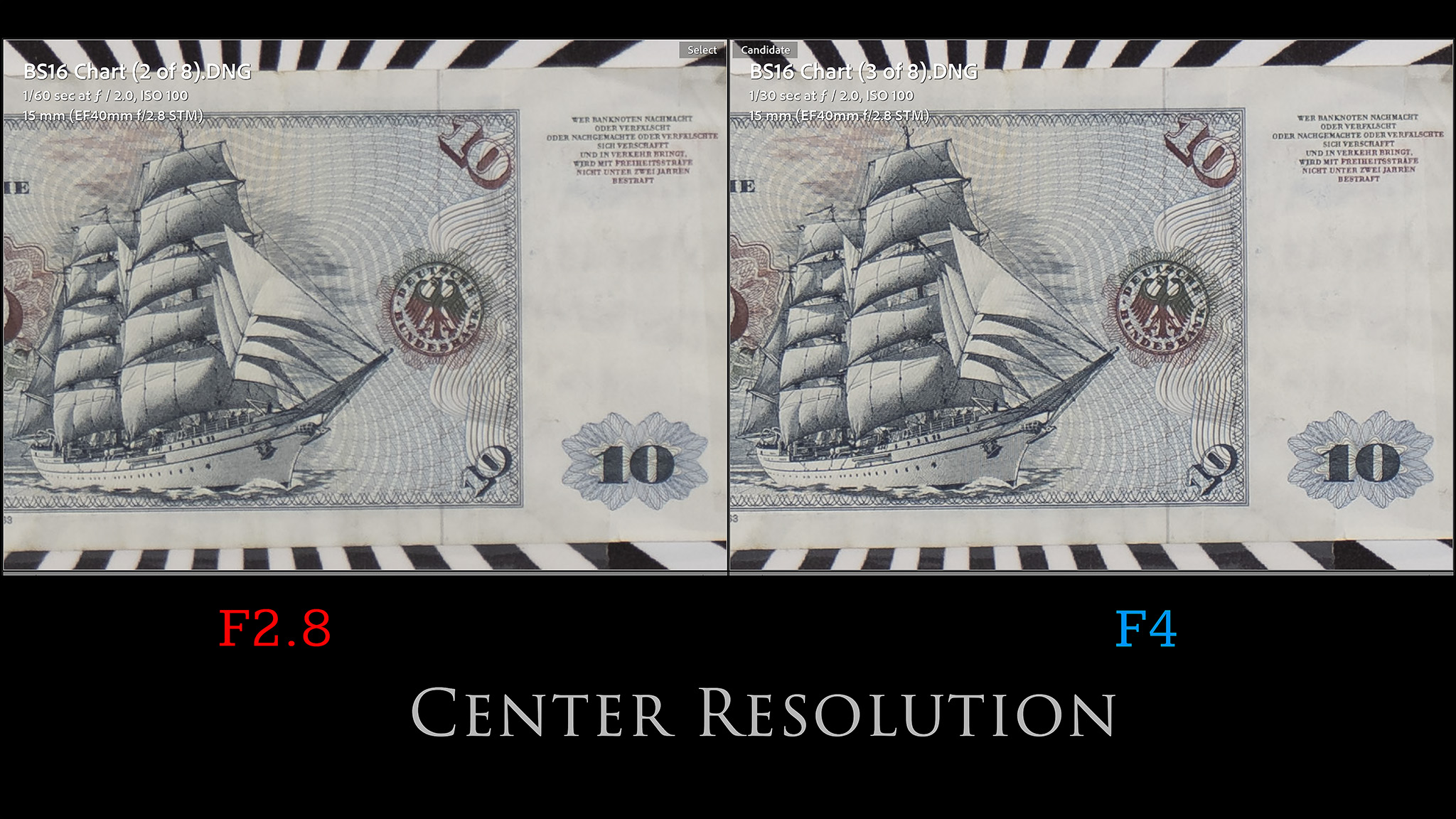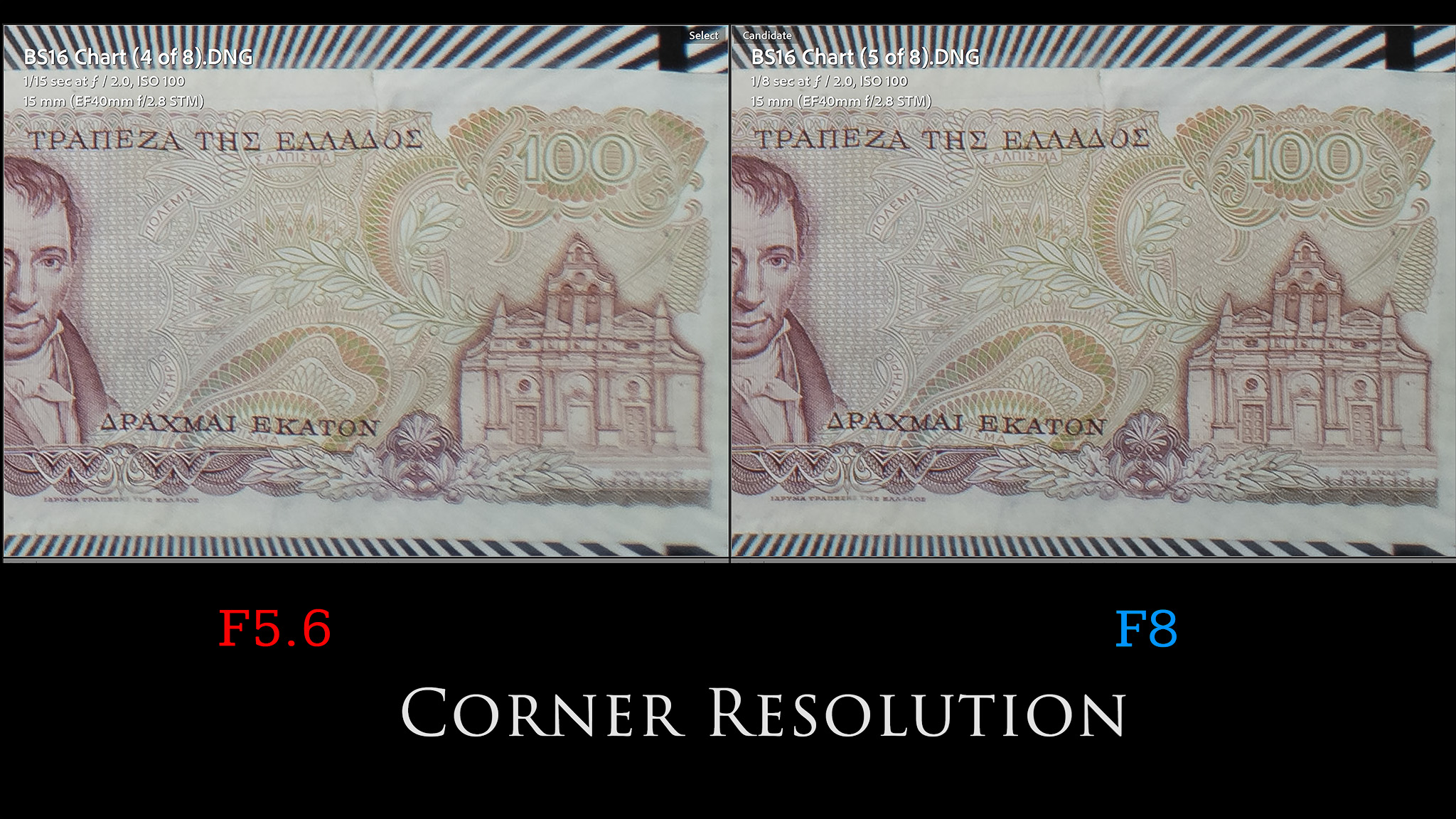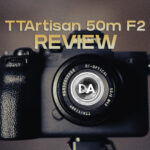Brightin Star is one of many startup lens companies that is trying to make a name for themselves. I’ve reviewed a couple of their lenses previously, starting with a budget wide angle 12mm F2 for APS-C (my review here) and then a full frame 50mm F0.95 (my review here). Two different extremes, obviously. When they reached out to me about the new Brightin Star 16mm F2.8 which is the subject of today’s review, I was mostly intrigued when I saw that one of the mount options was Leica M-mount. That’s not because I own an M-mount camera (I don’t), but because a few months ago I reviewed the Techart LM-EA9 adapter which allows me to convert manual focus M-mount lenses to autofocusing Sony E-mount lenses. I had tested it with vintage lenses, but the idea of being to add function to a modern lens was very interesting. By the way, it turns out that the Brightin Star 16 is a perfect candidate for the Techart, as the wide focal length means that I didn’t have to mess with adjusting the focus ring at all. I just set it to infinity and shot my images whether near or far.
While I went for the M-mount in this case, the lens is also available in Sony E-mount, Nikon Z-mount, Canon RF mount, and Leica L along with M mounts. The price ranges from $249 for most mounts to $289 for the M-mount version that I’m testing. That’s inexpensive for a nicely made frame lens with a wide 105° angle of view lens that makes my feet look far away…
But is the lens itself worth buying? Find out the full picture in my video review below or by reading the text review that follows.
Follow Me @ YouTube | Patreon | Instagram | Facebook | DA Merchandise | Flickr | 500px
Thanks to Brightin Star for sending me a review sample of the lens. As always, this is a completely independent review. *The tests and most of the photos that I share as a part of my review cycle have been done with the Sony a7IV along with the Sony Alpha 1 which will serve as my benchmark camera for the foreseeable future (my review here).
Brightin Star 16 Build and Handling
The Brightin Star 16 is a nicely compact lens for a full frame ultra wide angle. It is only 78mm in diameter, which leaves a relatively common 72mm front filter thread. The design of the fixed metal lens hood (not removable) leaves almost no room in there to actually mount and remove filters, however. I tried putting on a filter but gave up because A) it was going to require more effort than I wanted and B) because I had some fears over not being able to easily remove the filter after I threaded it on. I would suggest only mounting a filter if you felt it was one you would either want to leave permanently in place or at the least have no immediate plans to remove it.
The lens is only 83mm in length, about 14mm longer than the extremely compact Canon RF 16mm F2.8 STM that I recently reviewed. The Brightin Star has a considerably higher quality of build materials, however, and that all metal and glass construction makes it much heavier at 480g than the svelte 165g of the Canon.
The details of the Brightin Star 16 are nice, with a handsome anodized metal finish and a stylish diamond pattern to the two rings.
The first ring is the manual focus ring, which turns smoothly but with fairly heavy damping in my copy. The full rotation is about 115° from minimum focus to infinity. The distance scale markings (along with hyperfocal markings in the barrel section in between the two rings) are etched and not just painted on.
The aperture ring also has heavy damping and is clickless. The traditional full stop markings (from F2.8 to F22) are marked.
Inside there are 8 aperture blades that are straight to allow for crisp sunstars to emerge fairly early on. The 8 bladed sunstars look fantastic.
Minimum focus distance is 30cm, which is not particularly close. I estimate the amount of magnification at somewhere around 0.11x, though I couldn’t find a specification giving that information.
The detail and contrast up close is quite good, however, and starting from a bit further away results in a flatter plane of focus. Close up images actually look very nice, in my opinion.
This is a manual everything lens, so there are no electronic contacts and no weather sealing. The fixed lens hood means that the cap design is one that slips over the lens hood, but fortunately it remains fairly shallow and doesn’t take up a lot of additional room.
I would have preferred lighter damping on the two rings (perhaps they will loosen up more with use), but the build quality is overall quite nice for an inexpensive lens.
Brightin Star 16 Image Quality
The optical design of the lens is 12 elements in 11 groups, and, as this diagram shows, that includes two Low Dispersion elements along with 2 High Diffraction elements.
That results in an MTF chart that looks quite good in the center and mid-frame, but drops off steeply into the corners.
At its best, as we’ll see, the lens is capable of nicely detailed images with good color and high contrast.
That’s not to say there aren’t flaws, however.
We see two of them when we inspect vignette and distortion. The quantity of distortion is quite low (nothing like the shocking amount of barrel distortion seen in the Canon 16mm F2.8), but it also fairly complex with a strong “mustache” type pattern.
Because this is a third party lens without electronics, you won’t get profile corrections, and, as you can see, the ability to manually correct this distortion in Lightroom doesn’t work particularly well (. The good news is that the distortion isn’t severe, so in most “normal” images I didn’t see it at all. If you shoot a brick wall, however, it will definitely show up.
Shooting the kitchen after doing dishes showed few issues with lines (there’s no corrections to this image):
Vignette is also very heavy and required near maximum sliders to correct for it. It does diminish as you stop the lens down, but never goes away. I did note some color cast in the corrected vignette area on a white background. I didn’t notice any issue in my normal images right now, but I would notice it if I were correcting images in winter where the corners are white with snow.
My charts did reveal some lateral chromatic aberrations near the edge of the frame, but I saw little longitudinal chromatic aberrations in shallow depth of field images. You can see only minimal fringing in this up close shot of bees on wildflowers (along with an interesting bit of swirling bokeh).
I did my typical torture test for sharpness and contrast, using a high resolution 50MP Sony Alpha 1 as my test camera and examining the results at 200% magnification. Here’s that test chart:
…and here are the crops from the center, mid-frame, and bottom right corner at nearly 200% magnification.
We see that center and mid-frame sharpness is okay at F2.8, but the corners drop off hard. Contrast is not exceptional.
Stopped down to F4 shows a strong improvement across the frame save the edges of the frame.
By F5.6 IQ is looking very good, and it is excellent across the frame at F8, where sharpness peaks.
Real world images at these landscape apertures look great, with a lot of detail and contrast. There’s a bit of drop-off near the edges, but all told it looks quite good.
Minimum aperture is F22, but diffraction negatively impacts sharpness across the frame (as it typically does). In most places F2.8 looks better by comparison, though the improvements in the corners outweigh diffraction at F22. I typically suggest using F11 as a practical limit on most lenses and with most cameras.
Bokeh quality is not bad for wide angle. There’s more outlining than what is preferred, but you can get close to subjects and produce reasonably soft backgrounds.
The flare resistance is a mixed bag, with the performance really depending on where the sun is positioned. Compose wisely, however, and the amazing sunbursts will be the standout.
This will almost certainly be considered by some as a budget astrophotography lens, and it doesn’t embarrass itself on that front. For the most part star points are nice and crisp, though there is some coma deformation of bright star points near the edge of the frame.
So not a flawless optical performance, but this is a “real lens”, capable of producing very sharp images when stopped down, and I was fairly impressed by closer distance images at F2.8 where the corners didn’t really matter. You can see a few more images in the gallery here:
Conclusion
In conclusion, the Brightin Star 16mm F2.8 is a viable option for those looking for a wide angle lens on a budget. Those of you like myself who have invested in a Techart adapter should be genuinely interested in the M-mount version because it enables you to have a relatively functional autofocusing wide angle prime on the cheap. Image quality isn’t L-series or G Master quality, but it is certainly good enough to produce a lot of lovely images.
The build quality of the lens is nice, the size is nice and compact,
Those that are interested in filmmaking or cinema lenses but have a tight budget will surely find the Spectrum series from 7Artisans of interest if this Spectrum 50 is any indication. It is well made, nicely performing, and, perhaps most importantly, affordable.
Pros:
- Very nice build quality
- Excellent price
- Excellent sharpness when stopped down
- Beautiful sunbursts
- Good up close performance
Cons:
- Corners are soft until F5.6
- Complex distortion
- Heavy vignette
- No electronics
- Using filters is difficult
Purchase the Brightin Star 16mm F2.8 @ Amazon | Amazon Canada | Amazon UK | Amazon Germany | Ebay
Purchase the Sony a7IV @ B&H Photo | Amazon | Camera Canada | Amazon Canada | Amazon UK | Amazon Germany
Purchase the Sony Alpha 1 @ Camera Canada | B&H Photo | Amazon | Amazon Canada | Amazon UK | Amazon Germany | Ebay
Purchase a Sony a9M2 @ B&H Photo | Amazon | Camera Canada | Amazon Canada | Amazon UK | Amazon Germany | Ebay
Want to support this channel? Use these affiliate links to shop at: B&H Photo | Amazon | | Camera Canada | Ebay | Make a donation via Paypal
Buy DA Merchandise https://bit.ly/TWIMerch
Peak Design Leash Strap: Peak Design Store | B&H Photo | Amazon | Amazon Canada | Amazon UK
Adobe Photoshop Creative Cloud 1-Year Subscription
Get a discount off all Skylum Editing Software (Luminar, Aurora HDR, AirMagic) by using code DUSTINHDR at checkout:
Visit Dustin’s Amazon Storefront and see his favorite gear
Purchasing your gear through B&H and these links helps fund this website and keeps the articles coming. You can also make a donation here if you would like. Visit my Amazon page for some of my gear of choice! Thank you for your support.
Purchasing your gear through B&H and these links helps fund this website and keeps the articles coming. You can also make a donation here if you would like. Visit my Amazon page for some of my gear of choice! Thank you for your support.
Receive a 5% discount on all purchases at Amplis Foto, Canada’s Leading Photographic Supplier. Please enter discount code: AMPLIS52018DA in your cart. It is good for everything in your cart, and is stackable with other coupons, too! It will take 5% off your entire order! Proceeds go towards keeping this site going and providing you with new reviews!
Use Code “DUSTINHDR” to get $10 off ($15 CDN) any Skylum product: Luminar, Aurora, or AirMagic
Purchase the Brightin Star 16mm F2.8 @ Amazon https://amzn.to/3y8W8n4 | Amazon Canada https://amzn.to/3fpqMSL | Amazon UK https://amzn.to/3EaRUzf | Amazon Germany https://amzn.to/3ClW2Kv | Ebay https://ebay.us/5cOHZH
Keywords: Brightin Star 16mm, Brightin Star, 16mm, F2.8, Full Frame, Review, Sony Alpha 1, Sony a7IV, Review, Hands On, Dustin Abbott, Real World, Comparison, Sharpness, Bokeh, Flare Resistance, Autofocus, Image Quality, Sample Images, Video, Photography, Leica, L Mount, M mount, Techart, Canon RF, Nikon Z, Sony E, Sony a7IV, Sony Alpha 1, Sony A1, let the light in, #letthelightin, DA



















